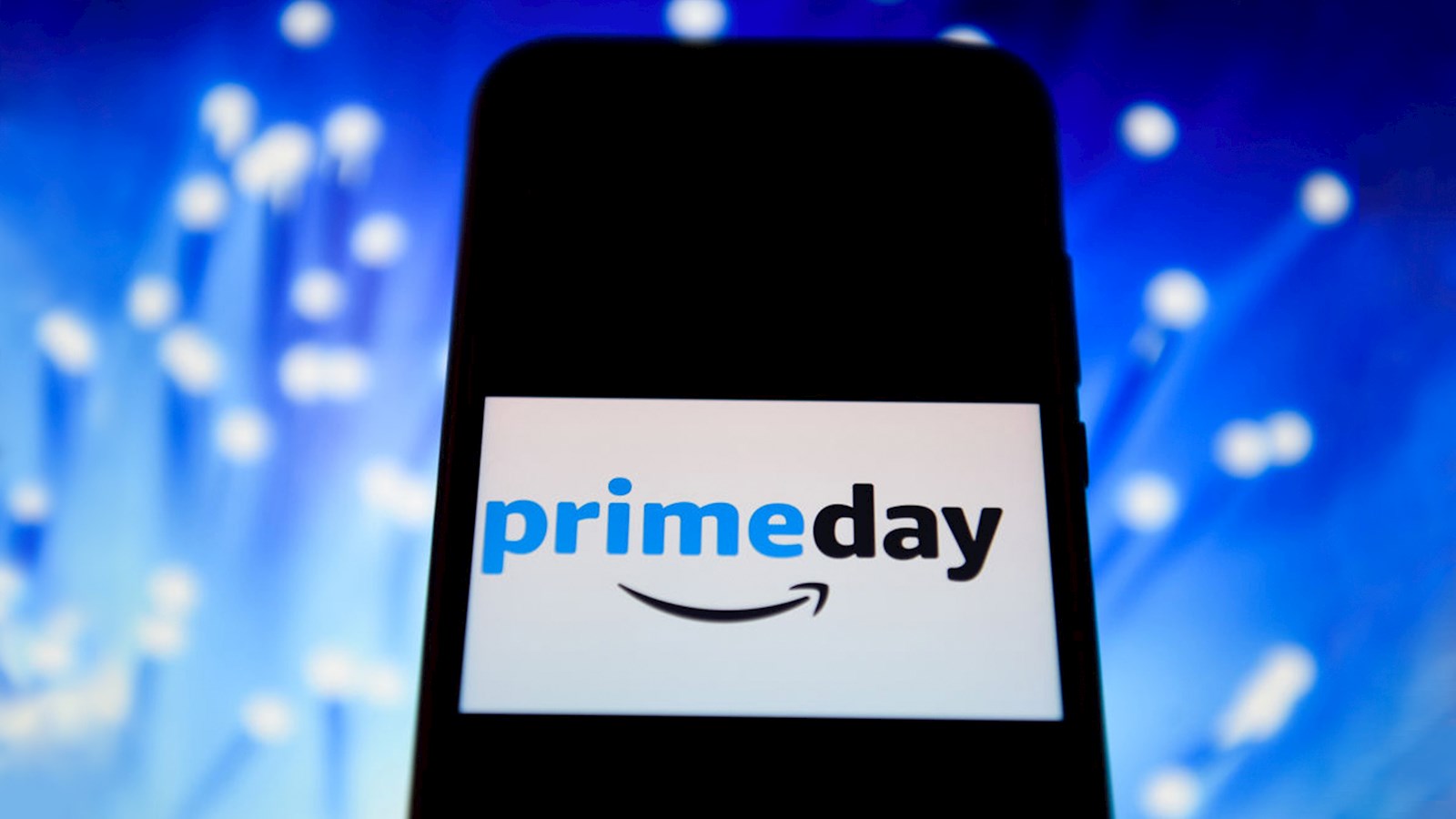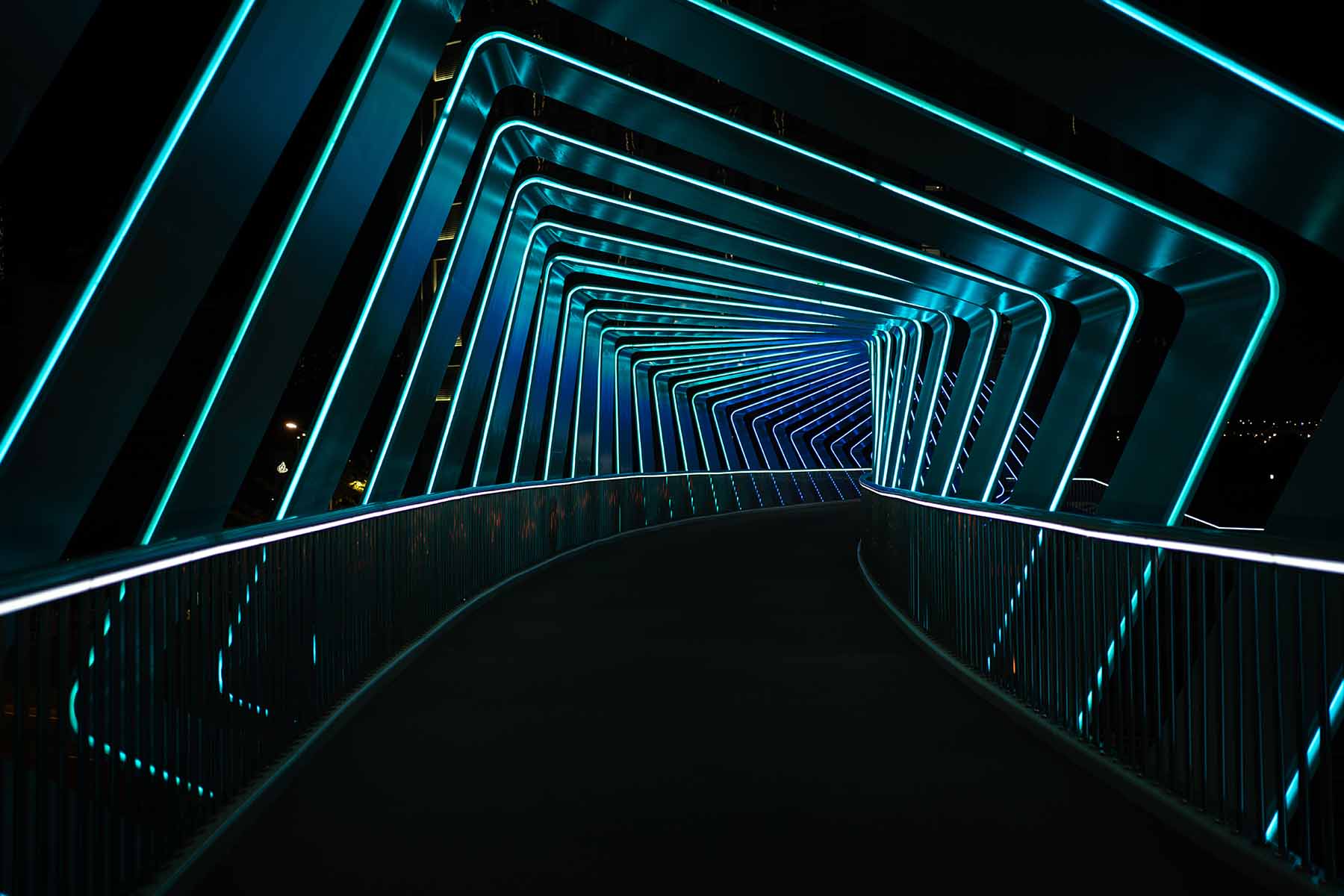
Prime Day 2021
How to prepare your brand for success
Prime Day 2021 is right around the corner. For brands, that means it’s time to develop a strategy to benefit from Amazon’s largest traffic event of the year. Prime Day is a key driver for customer acquisition and brand awareness for Amazon sellers and vendors. We recommend a three-pronged approach to achieve success leading up to, during, and leading out of Prime Day.
- Prime Day lead-up (2-3 weeks prior): promote your deals and brand to researching audiences
- Prime Day (2-day event): shift your focus to converting brand-aware audiences to purchasing
- Prime Day lead-out (2+ weeks post-event): re-engage your audiences at scale
The following is a comprehensive guide to help you develop your Prime Day strategy to gain traffic and convert customers.
When is Prime Day 2021?
In 2020, Prime Day ran later than usual, 13-14 October, due to inventory and distribution challenges resulting from the COVID-19 pandemic. In 2019 and earlier, Amazon historically hosted Prime Day in mid-July. This year, however, we are anticipating Prime Day to fall earlier than normal, likely in late June.
On Amazon’s Q1 2021 earnings call, CFO Brian Olsavsky, alluded to this shift in timing, “There are a number of factors, the Olympics, which are still out there this year. In fact, in many areas, July is a big vacation month. So, it might be better for customers, sellers and vendors to experiment with a different time period.”
While no specific dates have been announced yet, we are planning for Prime Day to occur in late Q2.
Prime Day advertising strategies
Prime Day excels in bringing traffic to the Amazon marketplace, so creating a competitive and compelling presence should be a top priority for every brand. Advertising is key to driving awareness and capturing new-to-brand traffic throughout the Prime Day event and pre- and post- periods.
It’s important to understand that cost per clicks (CPCs) will go up during Prime season due to existing advertisers increasing their budgets as well as many new advertisers participating. Expand your view away from the standard metrics to grow your customer base and focus on the long-term value of customer loyalty.
Consider increasing ad budgets, especially during Prime Day itself, to account for the increased traffic and mitigate the risk of hitting your budget limit early in the days. Amazon recommends an increase in budget four or fivefold.
We recommend staging advertising strategies in line with our three-pronged approach and pivoting throughout the event based on learnings.
Lead up
- Search advertising: leverage sponsored products, brands, and stores advertising to engage shoppers and protect brand and category terms
- Digital signal processing (DSP) advertising: drive deal and brand visibility to build Prime Day audiences by using Amazon DSP and taking advantage of sponsorship packages available
- Over-the-top (OTT) and other solutions: take advantage of the increased traffic through upper funnel tactics such as OTT, video, Amazon devices, and other unique advertising solutions
Prime Day
- Test: adapt your lead-up campaigns to pivot accordingly for Prime Day
- Search advertising: engage high-intent shoppers to convert with various sponsored ad types and increase conversion probability by coupling advertising with promotions
- DSP advertising: retarget audiences that searched and visited product detail pages (PDPs) during Prime Day lead up, as well as the 90 days prior to Prime Day to ensure your product is top of mind while consumers are already in buying mode
Lead out
There are various promotional levers you can implement to drive conversion during the lead-up and Prime Day event periods. A few key mechanisms include deals, coupons, and promotions.
Discounts can be an opportunity to liquidate slow-moving inventory or drive awareness to some of your top-selling products in order to drive customer acquisition.
Lightning deals
A limited-time flash sale available to customers for only a few hours with a set amount of inventory. Lightning deals will surface on Amazon’s Prime Day Deals page, so they are one of the highest visibility promotional tactics available.
The cut off for 2021 submissions was 16 April in the US. If you set up this deal type, be sure to continue to check the status in Seller or Vendor Central to ensure your minimum quantities are up to date and your Amazon Standard Identification Numbers (ASINs) do not have any issues causing suppressions.
Best deals (1P Only)
A multi-day price discount that surfaces on the Today’s Deals page and Amazon’s Prime Day Deals page, if scheduled during the event. Unlike the pricier Lightning deals, this promotion type is free to execute, but is limited in that it does not drive the urgency of a time-limited or inventory-limited offer.
Coupons
A key lever to driving conversion is coupons, as they are clearly tagged in search results and on the product detail page with a bright orange badge. Coupons are also surfaced on a page within the Deals section of Amazon, so they have potential to drive traffic to your brand. The deadline to submit Prime Day coupons was 28 May in the US marketplace.
Prime exclusive discounts (3P Only)
The advantage of Prime exclusive discounts is that they receive a special Prime Day badge that populates both in search results and on the product detail page, similar to a coupon. The sale price is shown as a strikethrough to the normal price.
Content and inventory optimisation
While scheduling promotions and advertising campaigns are key to driving traffic to product detail pages, it’s imperative that your catalogue is set up for success by going back to the basics. Ensure your listings are fully optimised with complete product titles, descriptions, bullet points, enhanced imagery, and educational and engaging content.
Furthermore, driving customers to your detail pages will not boost sales if your products are out of stock. It’s important to ensure your Prime Day shipments are delivered to Amazon by the inventory cut-off deadlines. For fulfilled by Amazon (FBA) sellers, Amazon’s 2021 cut-off date for the US and Canada was 31 May. For Mexico, it was 1 June, and for the UK, Germany, France, Italy, Spain, the Netherlands, and Turkey, it was 6 June.
Additional merchandising strategies
Strengthen your Amazon Prime Day presence by incorporating free merchandising tools into your strategy.
• Amazon Live: consider scheduling an Amazon Live streaming video to highlight products you’re promoting during Prime Day. This is a unique way to boost traffic and directly engage with consumers.
• Amazon posts: schedule posts to go live at various times throughout Prime season featuring Deal ASINs and other products you’re discounting. These will appear on your brand store, on product detail pages, and in search results for your products and related products.
• Social media: leverage your own social media channels to direct traffic to your store on Amazon or directly to listings.
Post-event expectations
With a strong advertising and promotional strategy, brands can expect to see increased sales during the Prime Day season. This will inevitably result in an increase in returns and refunds. Sellers must ensure they are monitoring FBA returns in order to respond to customers promptly and maintain quality customer service on all orders.
By testing various promotional levers and advertising tactics during Prime Day, you can glean learnings and inform your strategy for the Q4 holiday season. Analyse key performance indicators (KPIs) tied to each mechanism in your Prime Day strategy to determine how they performed, and use this as a guide for future events.
published on
10 June 2021
Category
More in Commerce

Media in India: the future is now
Brands pursuing the Indian market must focus on personalised experiences and data-driven strategies

Multinational companies must have an India strategy
The Indian market is hugely attractive to brands, but multinational companies must have a bespoke India strategy

Where there’s women’s health, there’s wealth
There’s huge economic advantage in closing the women’s health gap, and yet still this gap is still formidable

